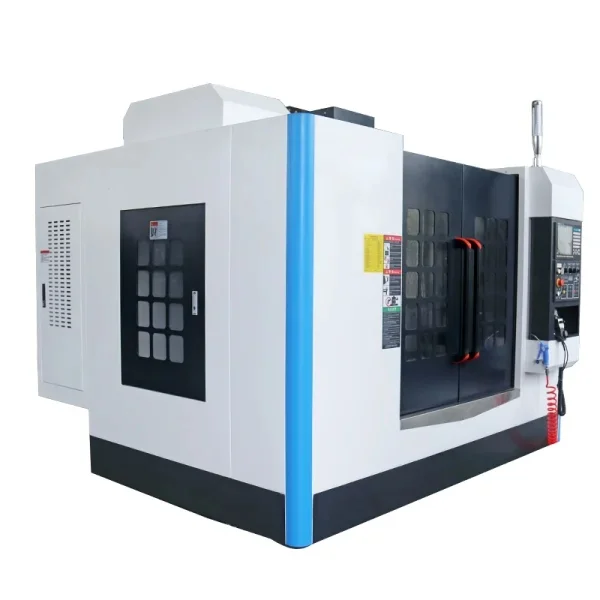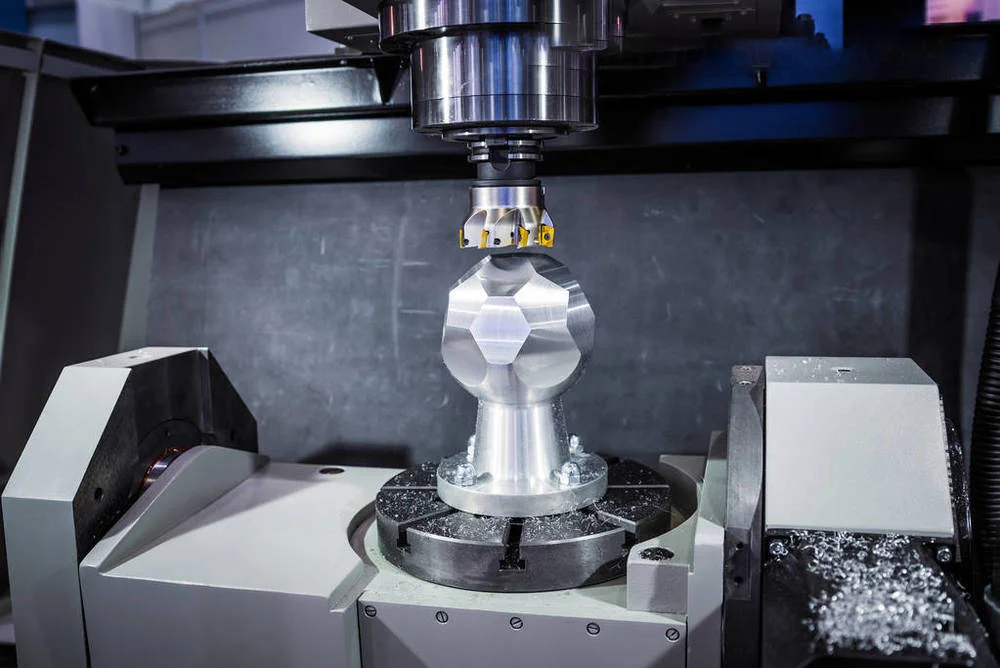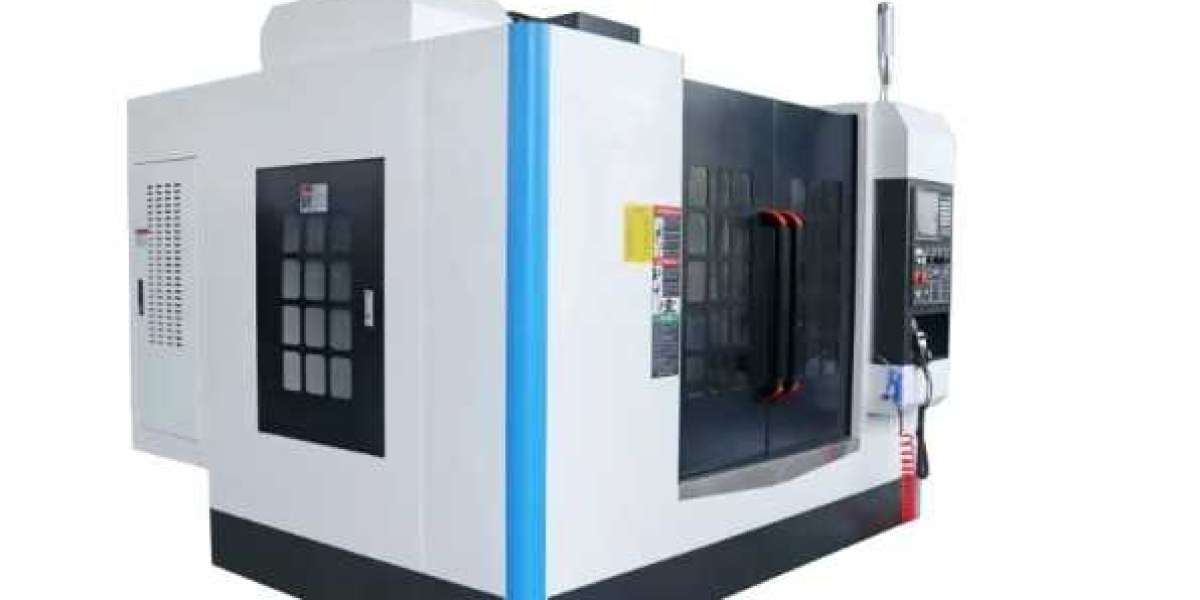As we all know, the CNC machining center is developed from the basic CNC milling machine. It inherits all the functional features, advantages and advantages of the CNC milling machine. Not only the structure is the same, but the processing technology is also very similar.
Not only that, the machining center also integrates the processing functions and processing procedures of a variety of other machine tools, and can clamp the workpiece to complete multi-process processing at one time, such as milling, boring, drilling, tapping, tapping and other multi-process processing.
How are machining centers classified? What are the classification methods?
CNC machining centers can be classified in the following 6 ways.
1. Classification based on the relative position of the spindle and the workbench
Machining centers can be divided into four categories according to the relative position of the spindle and the worktable, vertical horizontal machining centers, gantry compound machining centers. Among them, the spindle is one of the core components of the machine tool. It is the axis of rotation during part processing, transmits the cutting force and drives the tool for processing. The spindle is usually composed of a motor, bearings, spindle box, etc. Its speed and power directly affect the accuracy and efficiency of workpiece processing. Under normal circumstances, the relative positional relationship between the workbench and the spindle determines the entry angle, contact depth and other parameters of the spindle and the tool when processing parts, which directly affects the efficiency and quality of processing.
The spindle is located in the center of the machine tool, while the worktable is located below the spindle and can move freely on the XYZ three-axis plane of the machine tool to achieve a variety of processing methods. Of course, there are also some special machine tools in which the relative position of the worktable and the spindle is not up and down, but left and right or front and back.

2. Classification according to the number of control axes
Machining centers can be divided into many categories according to the number of control axes, such as three-axis, four-axis, five-axis, six-axis machining centers, etc., and even other multi-axis machining centers.
in:
Three-axis machining center: 3-axis CNC machining generally refers to three axes that move linearly in different directions, such as up and down, front and back, and left and right. Therefore, the three-axis can only process one surface at a time, which is suitable for processing some disk parts. This is a limitation for many parts that require processing holes or grooves on multiple surfaces;
Four-axis machining center: 4-axis CNC machining adds a rotation axis to the 3 axes, usually 360° rotation on the horizontal plane. But it cannot rotate at high speed and is suitable for processing some box parts. Most 4-axis CNC machines also allow the workpiece to rotate, which is called a b-axis, allowing the machine to function as both a mill and a lathe. If you need to drill holes into the side of a part or the curved surface of a cylinder, 4-axis CNC machining is the way to go. It greatly speeds up the processing process and has high processing accuracy.
Five-axis machining center: 5-axis CNC machining is an additional rotation axis on top of the 4-axis, usually a 360° rotation of the vertical surface. The five-axis can already be fully processed, and can achieve one-time clamping, which can reduce clamping costs and reduce costs. The product is scratched and bruised. Because 5-axis CNC machining has high versatility, it can be used to manufacture complex precision parts. For example, artificial prosthetics or bone medical components, aerospace components, titanium components, oil and gas machinery components, military products, etc.

3. Classification according to processing procedures
Machining centers can be divided into two types: boring and milling and turning and milling according to the processing process.
The CNC boring and milling machining center is a physical performance testing instrument used in the field of mechanical engineering. It can process workpieces of different shapes. Through the rotation of the workbench, it can realize multi-faceted drilling, boring, calibrating, plane milling, bevel milling, milling, etc. Processing of grooves, tapping and other processes.
The CNC turning and milling machining center is an instrument used in the field of mechanical engineering. It was launched on October 10, 2008. Main functions: programming and processing of complex rotary parts, processing and trial production of high-precision parts; processing plans, process optimization, etc.
4. Classification according to the number of workbenches
Machining centers can be divided into three categories according to the number of worktables. Those with only one workbench are called single workbench machining centers, those with two workbench are called double workbench machining centers, and those with more than or equal to 3 workbench are called multiple workbench machining centers. Taiwan machining center;

5. Classification according to the tool changing method of the tool magazine
According to the tool changing method, it can be divided into robot tool changing method, direct tool changing method and brick tower head changing method:
1-Manipulator tool changing method.
The tool magazine with a robot tool changing structure often uses a disc type tool magazine. When changing tools, the robot grips, selects and changes the tools. Responsible for transferring tools between the tool magazine and the spindle of the CNC machining center, returning the replaced CNC tools to the tool magazine, and then pushing the tools to be used to the spindle.
2-Direct tool change method.
This method mainly means that the tool changing process is completed by the cooperation of the tool magazine and the spindle box. In this case, the tool magazine configured is generally a bucket hat type. The direct tool change method has slower tool change speed and higher failure rate, and is generally only used on early models;
3-Tool changing method of turret head.
The turret head is a tool changing method that moves the required tool to the corresponding position through the rotation of the turret. Generally, it is a sequential tool change. It has a compact structure and a very short tool change time. It is generally used in complex process machining occasions such as crankshafts and other slender workpieces that need to complete multiple processes.
6. Classification according to processing accuracy
According to the processing accuracy of machining centers, they can be divided into three categories: ordinary precision machining centers, high-precision machining centers, and precision-level machining centers.
The resolution of an ordinary precision machining center is 1μm, the maximum feed speed is 15-25m/min, and the positioning accuracy is about 10μm;
High-precision machining center: resolution is 0.1μm, maximum feed speed is 15-100m/min, and positioning accuracy is about 2μm.
Precision-level machining centers: the resolution is between 2-10μm, usually ±5μm.
The above is Dongqi CNC’s understanding of the types of CNC machining centers. Welcome to contact us to learn more about CNC machining related information.
CNC Machining Center Manufacturer - DQSK
Taizhou Dongqi CNC Equipment Co., Ltd is one of the biggest EDM Drilling Machine manufacturers, our brand "DQSK" small hole drilling machines, are electrical discharge machine that uses rapid electrical discharges to drill small, deep, and precise holes in metal or other conductive material, the machines we offer have widespread applications in various industries including aerospace, automotive, medical equipment, and mold manufacturing that require high-precision processing. We have a Product Guarantee of EDM Drilling Machines' performance life, Choose DQSK cnc machining centers, we will be your close and trustful partner. Contact us to know more product details.








